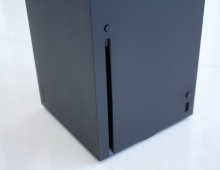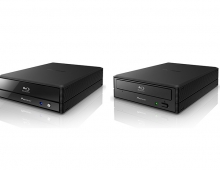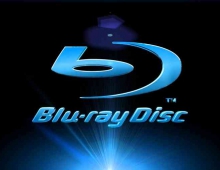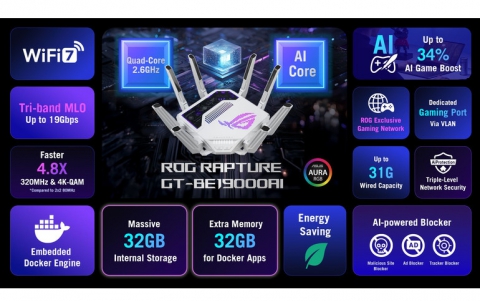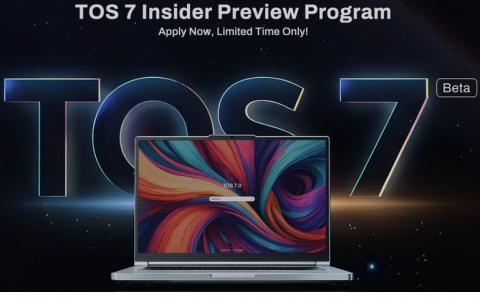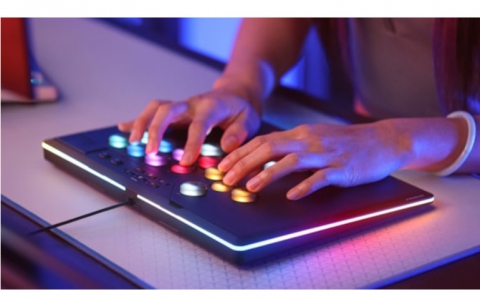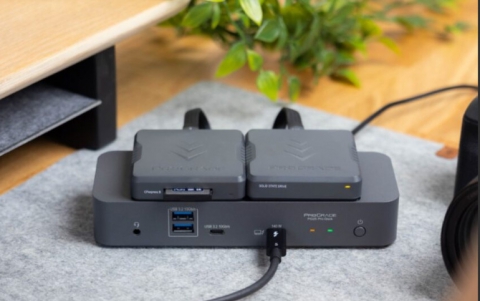
Sony, Toshiba presidents to meet on new DVD format
The presidents of Sony, Toshiba and Matsushita will meet to try to break a stalemate in talks over a unified format for next-generation DVD technology.
Sony and Toshiba, leading rival camps, have waged a three-year battle to have their new technology standards adopted by the industry. The winner will have pole position in the multi-billion-dollar markets for DVD players, PC drives and optical discs. The high-level talks offer new hope for negotiations that appeared to have reached an impasse.
A senior Toshiba official was quoted by the Nihon Keizai Shimbun on Monday as saying one format based on Sony technology would be "extremely difficult." Both sides still believe one standard is the best scenario, knowing that a prolonged format battle like the one between VHS and Betamax two decades ago would likely discourage consumers from shifting to advanced discs and stifle the industry's growth.
"We continue to believe in the merits of establishing one format but discussions up until now have not been able to produce an agreement," said the source, who spoke on condition of anonymity. "So the talks will be taken to a higher level."
The source said it had not been decided whether Toshiba would send its current president, Tadashi Okamura, or incoming president Atsutoshi Nishida. Likewise, it is not clear whether Sony will be represented by Ryoji Chubachi, who is scheduled to become president in June, or current president Kunitake Ando.
Kunio Nakamura, president of Panasonic products maker Matsushita, will likely attend the talks, the source said. "The exact timing and place of the meeting has not yet been decided. It will be held when a time that fits the schedules of all three company heads is found," the source said. "It could be as early as this week but we are now at the planning stage."
UNDER PRESSURE
Officials from Toshiba, which backs a new DVD technology called HD-DVD, and Sony and Matsushita, which support a rival standard known as Blu-ray, began meeting earlier this year to try and establish a format incorporating technology from both sides.
The negotiations have been leaning toward unifying the formats based on the Blu-ray disc structure. But Toshiba continues to maintain that adopting the HD DVD structure would be more cost efficient because it is closer to the current DVD.
Toshiba has also been under pressure from parts makers and film studios in the HD DVD camp not to give in. Just last week Toshiba announced that it had developed a triple-layer HD DVD disc with data capacity of 45 gigabytes, 50 percent more than a previously unveiled version and enough to hold 12 hours of high-definition movies.
Warner Home Video and Universal Studios Home Entertainment both issued statements endorsing Toshiba's new disc. The announcements were seen as a move to help steer talks more in favor of the HD DVD side. In addition to Sony and Matsushita, Blu-ray members also include computer giant Dell Inc. , Samsung Electronics Co. Ltd. and Philips Electronics NV .
HD DVD technology is also backed by NEC Corp. , Sanyo Electric Co. Ltd. and several other firms. In Blu-ray, a layer to hold data is put on the surface of a substrate and covered by thin protective layers. In HD-DVD discs, a memory layer is sandwiched between two substrates.
At the core of both formats are blue lasers, which have a shorter wavelength than the red lasers used in current DVD equipment, allowing discs to store data at the higher densities needed for high-definition movies and television.
The outcome of the meeting between the presidents of Sony, Toshiba and Matsushita could have a significant impact on future product launches. A move toward unification could actually lead to a delay in the introduction of next-generation devices.
Toshiba has already unveiled plans to launch HD DVD players in the last quarter of 2005 while Sony announced plans this week to introduce its new PlayStation video game console in the spring of 2006 equipped with a Blu-ray disc drive.
Shares of Sony ended Tuesday down 0.76 percent at 3,930 yen, Matsushita rose 0.57 percent to 1,589 yen and Toshiba fell 1.13 percent to 437 yen.
The Nikkei average dropped 1.11 percent.
A senior Toshiba official was quoted by the Nihon Keizai Shimbun on Monday as saying one format based on Sony technology would be "extremely difficult." Both sides still believe one standard is the best scenario, knowing that a prolonged format battle like the one between VHS and Betamax two decades ago would likely discourage consumers from shifting to advanced discs and stifle the industry's growth.
"We continue to believe in the merits of establishing one format but discussions up until now have not been able to produce an agreement," said the source, who spoke on condition of anonymity. "So the talks will be taken to a higher level."
The source said it had not been decided whether Toshiba would send its current president, Tadashi Okamura, or incoming president Atsutoshi Nishida. Likewise, it is not clear whether Sony will be represented by Ryoji Chubachi, who is scheduled to become president in June, or current president Kunitake Ando.
Kunio Nakamura, president of Panasonic products maker Matsushita, will likely attend the talks, the source said. "The exact timing and place of the meeting has not yet been decided. It will be held when a time that fits the schedules of all three company heads is found," the source said. "It could be as early as this week but we are now at the planning stage."
UNDER PRESSURE
Officials from Toshiba, which backs a new DVD technology called HD-DVD, and Sony and Matsushita, which support a rival standard known as Blu-ray, began meeting earlier this year to try and establish a format incorporating technology from both sides.
The negotiations have been leaning toward unifying the formats based on the Blu-ray disc structure. But Toshiba continues to maintain that adopting the HD DVD structure would be more cost efficient because it is closer to the current DVD.
Toshiba has also been under pressure from parts makers and film studios in the HD DVD camp not to give in. Just last week Toshiba announced that it had developed a triple-layer HD DVD disc with data capacity of 45 gigabytes, 50 percent more than a previously unveiled version and enough to hold 12 hours of high-definition movies.
Warner Home Video and Universal Studios Home Entertainment both issued statements endorsing Toshiba's new disc. The announcements were seen as a move to help steer talks more in favor of the HD DVD side. In addition to Sony and Matsushita, Blu-ray members also include computer giant Dell Inc. , Samsung Electronics Co. Ltd. and Philips Electronics NV .
HD DVD technology is also backed by NEC Corp. , Sanyo Electric Co. Ltd. and several other firms. In Blu-ray, a layer to hold data is put on the surface of a substrate and covered by thin protective layers. In HD-DVD discs, a memory layer is sandwiched between two substrates.
At the core of both formats are blue lasers, which have a shorter wavelength than the red lasers used in current DVD equipment, allowing discs to store data at the higher densities needed for high-definition movies and television.
The outcome of the meeting between the presidents of Sony, Toshiba and Matsushita could have a significant impact on future product launches. A move toward unification could actually lead to a delay in the introduction of next-generation devices.
Toshiba has already unveiled plans to launch HD DVD players in the last quarter of 2005 while Sony announced plans this week to introduce its new PlayStation video game console in the spring of 2006 equipped with a Blu-ray disc drive.
Shares of Sony ended Tuesday down 0.76 percent at 3,930 yen, Matsushita rose 0.57 percent to 1,589 yen and Toshiba fell 1.13 percent to 437 yen.
The Nikkei average dropped 1.11 percent.




